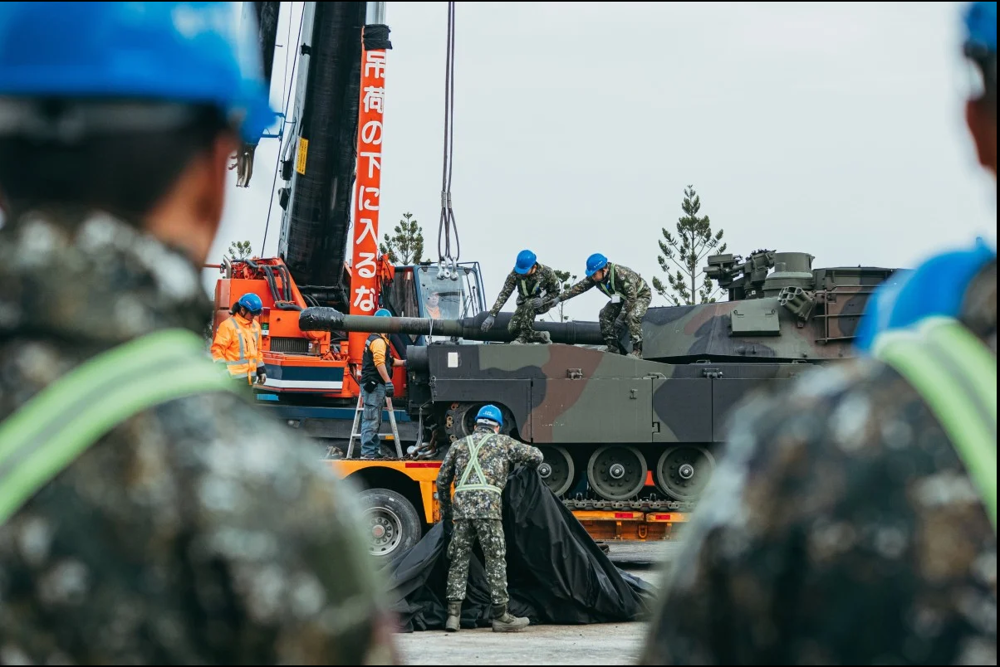China probe makes historic soft landing on far side of Moon: State media
In a significant milestone in space exploration, China has managed to land a robotic probe on the far side of the Moon, the first man-made craft ever to successfully touch the side of the Earth’s sole natural satellite that perpetually faces away from it, state media say.
According to reports by China’s state-run media China Daily, CGTN, and Global Times on Thursday, the Asian country’s National Space Administration (CNSA) managed to land its robotic probe Chang’e 4 in the Moon’s unexplored South Pole-Aitken basin — the largest, oldest, and deepest crater on the Moon’s surface — earlier in the day.
The lunar probe had a “soft” landing at 10:26 a.m. local time on Thursday (02:26 GMT), the state broadcaster CCTV said in a tweet in its English-language version, releasing the first close-up shot of the Von Kármán, a flat feature some 177 kilometers wide that sits inside the Aitken basin (shown below).

The Chang’e 4, named after the Chinese goddess of the Moon, had been launched atop of a Long March 38 rocket from the Xichang launch center in Xichang in China's southwestern Sichuan Province early on December 8, covered some 385,000 kilometers of distance to the Moon in 4.5 days, and entered an elliptical path around the Moon on the weekend, drawing as close as 15 kilometers from the lunar surface.
The lander will also release a rover, around 135 kilograms, that, barring mishap, will begin roaming the ancient crater. The official name of the rover has not yet been revealed.

The declared aim of the mission is to take detailed measurements of the Moon’s terrain and mineral composition of the Aitken, which is likely the result of a gigantic collision of a meteorite with the lunar surface very early in the Moon’s history.
The colossal force of the impact is believed to have thrown up material from the Moon’s interior, meaning that the Chinese probe, equipped with cameras, ground-penetrating radar and spectrometers, can hunt for new clues as to how the nearest celestial body to the Earth was formed.
The lander will also carry out some biological experiments to determine whether plant seeds will germinate in the lunar soil and silkworm eggs will hatch in the Moon’s low gravity, which is much less than that of the Earth.
Since the Moon itself bars direct communications from its far side, the CNSA launched a satellite to act as a relay, enabling the rover to bounce signals off it first before they continue back to earthbound scientists in China.
China has so far conducted three previous missions moonward since 2007, including one that hosted its first-ever robotic lander and rover. No spacecraft has ever managed to have a soft landing in the far side of the Moon before, although in 1962, NASA crashed its Ranger 4 probe into a region there.
Congratulations to China’s Chang’e-4 team for what appears to be a successful landing on the far side of the Moon. This is a first for humanity and an impressive accomplishment! pic.twitter.com/JfcBVsjRC8
— Jim Bridenstine (@JimBridenstine) January 3, 2019
In a tweet post shortly after the landing, NASA’s Administrator Jim Brindestine praised the landing and described it as “a first for humanity and an impressive accomplishment.”
If everything goes according to plan, China will send its Chang'e 5 to the Moon’s near side in late 2019. It is expected to retrieve samples from Mons Rümker in Oceanus Procellarum, a large area of lunar mare in the northwest of the Moon’s near side.
US hostage-taking of Iranian nationals violation of intl. law: Deputy FM
VIDEO | Carol Singers for Palestine on London’s Parliament Square
American warplane downed after Yemeni attacks 'baffled' US air defense: Ansarullah
VIDEO | Yemenis praise the military for its successful operations against Israel
VIDEO | Israel continues to bomb Gaza homes
VIDEO | An insider's view of the country: Meybod City in Yazd
‘All wars have rules. All of those rules have been broken’ by Israel
VIDEO | Report flags India’s violation of rights of Rohingya detainees














 This makes it easy to access the Press TV website
This makes it easy to access the Press TV website